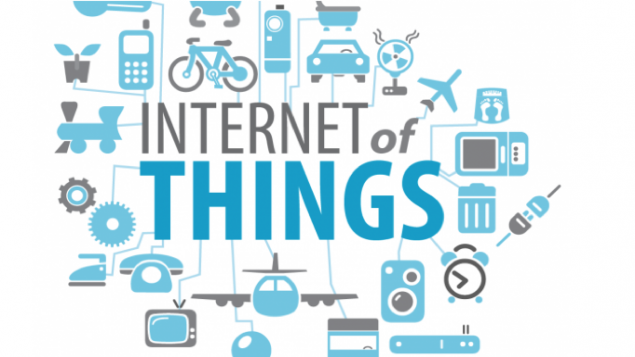 by François Joseph Viallon, CEO StarDust
by François Joseph Viallon, CEO StarDust
It's 6.50am, my son Charles-Edouard wants to watch his favorite cartoon Trotro again. Because I am a good Dad, I give in and switch on the cartoon on the Apple TV, from my bed, thanks to the remote app. Except this time, I have to get up: the connection wavered, the app didn't activate the Apple TV. I need to synchronise the application again as I did ten days earlier.
It’s essential to avoid these inconveniences, they can really damage the user experience and inevitably harm the brand. For that reason, the Internet of Things (IoT) must be tested.
As a specialist of Quality Assurance (QA), StarDust is at the forefront of digital innovation as we test all our clients' IoT projects, we can observe their enthusiasm (B2B and B2C). All types of products are concerned: headphones, Bluetooth headsets and speakers, credit cards, watches, shoes, clothing, children's toys, household appliances, home automation, consumer or niche objects, not to mention objects that don’t get released in the end because of bad test results or because of a certain inadequacy with the market demand. To test the IoT is a combination of QA test and consumer test: it measures both usability risks and tests in real conditions of use.
It is vital to ensure connectivity (Bluetooth, NFC, Wi-Fi, RFID). Very often connected objects operate in a “object + application + terminal” tryptic: the object is connected to the device (smartphone, tablet, computer, TV) via an application or a website, it may also be autonomous like a Bluetooth speaker. A maximum number of devices should connect to the object, satisfying everyone that wants to connect their devices. It is therefore essential to test a maximum amount of configurations (OS + device = 1 configuration) compatible with the object; 50 configurations is not a luxury. Fragmentation is not to be neglected: IoT can be dependent to the available configurations during their launch and the risk might be that they cannot adapt to new OS versions.
Additionally, the connection must be maintained over time and not undergo breakage or interruption, even temporarily. The user should not have to resynchronize their devices; the connection should be permanent. The connection's resistance must therefore be tested for external disruption (other applications, wave interference) and tests should be repeated again and again in various environmental conditions (differing from the application test where repetition is not necessary). The data security test is the third essential axis of testing the IoT but also the most sensitive: it necessitates a thorough approach because it's essential to offering users total protection of their personal data.
By digitizing everyday products, this budding new ecosystem entwines the digital and the reality. With their advantages (new technologies) and their problems (merchandise inventory, obsolescence); this new market requires financial investments in R&D and Tests, and because it is emerging, it faces many questions, particularly about data security. The uses are still immature but early adopters and digital natives are leading the way. The public at large, that has already adopted the Quantified Self, knows that the connected object is the next step in the digitalisation of their daily lives: they are therefore particularly demanding in terms of quality and experience.


